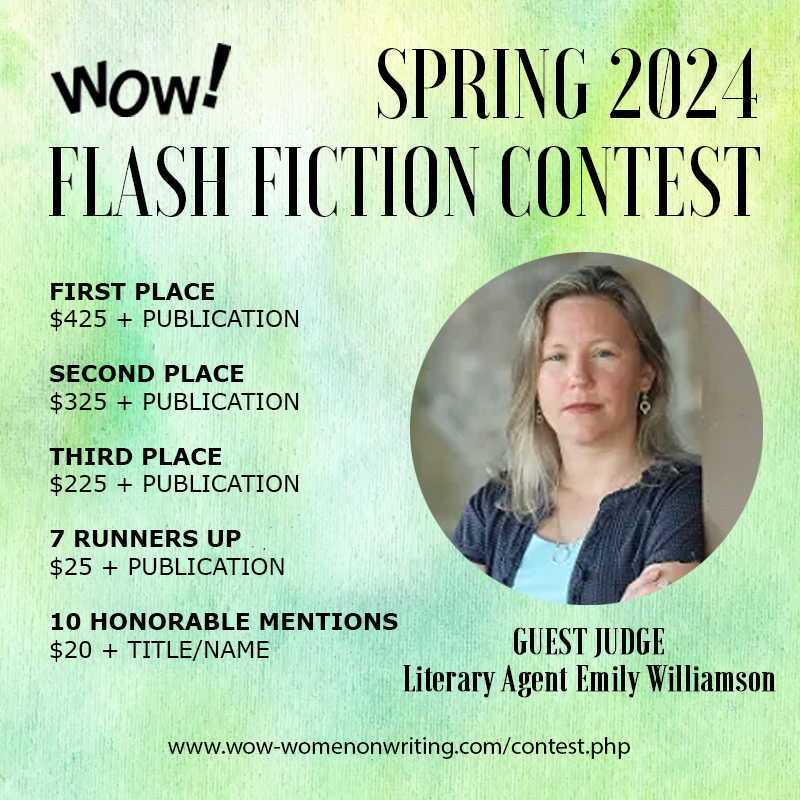by Karen Cioffi
What exactly is a landing page?
According to Hubspot.com, “A landing page is a web page that allows you to capture a visitor's information through a lead form.”
Copyblogger.com says, “A landing page is any page on a website where traffic is sent specifically to prompt a certain action or result.”
So, landing pages are designed for specific purposes, such as a selling page for a product or service or for an email opt-in. But, no matter what the purpose is, it must be focused.
The page itself can be a separate website or a page on an existing website. But, since you want it completely focused, without distractions, a separate website usually works better.
It’s this landing page focus that allows for better conversion.
An effective landing page is designed and focused on a target market. This means if your site pertains to a specific cancer or illness, your content, opt-in, and any products you’re selling should focus on people dealing with this particular health issue. That’s your target market. And, your keywords should also reflect the page’s purpose.
If your site is about baseball, the same holds true. The landing page design, content, and any products or services being offered must pertain to baseball.
The landing page is kind of like a path on which there’s no way to stray off or be distracted. It’s intended for visitors to read exactly what you want them to, guiding them to say YES to your offer. There are no other pages for them to click on and hopefully no sidebar to be distracted by.
While inbound marketing strategies will get the visitor to your landing page, it’s the copy or content that will motivate him to follow the path and be responsive to saying YES.
Your content needs to be conversational, effective, and provide the WIIFM (what’s in it for me). People are overwhelmed with the amount of information being bombarded at them and with all the offers for books, ebook, and products. You need to write copy that (1) quickly lets the reader know what you’re offering, (2) lets the reader know exactly what the benefits are, and (3) lets the reader know what you want her to do.
Landing pages are no place for guessing games. They need to be fine-tuned, to the point, and simple. The more hectic you make the page, the more anxiety it will cause the reader. Anxiety isn’t good for conversion. Simple always works best.
You should also create separate landing pages for different offers or purposes. In other words, you don’t want to explain why a visitor should opt into your mailing list on your book selling landing page. And, you shouldn’t sell books on your subscriber opt-in page. Focus is a key element to motivating or leading a visitor to go through the necessary steps to saying YES to whatever it is you’re offering.
Bringing traffic to landing pages is done through inbound marketing strategies, such as email campaigns, special offers, guesting posting, and press releases. Other inbound marketing techniques include pay-per-click, ad banners, social networks, and affiliates.
-----
Do you want to extend your marketing reach as an author? Sign up now for Karen Cioffi's class, Creating and Building Your Author Online Presence: Website Creation to Beyond Book Sales, which starts Monday, January 7, 2013.
Focused Landing Pages - The Path to Better Conversion
Thursday, December 27, 2012
Powered by Blogger.









.jpg)




2 comments:
Karen,
This is interesting. I need to read this again (rushing out the door right now) but you have my mind reeling on what I could do different! Thanks!
Margo
Karen,
Thanks for the information. I'm always so confused about the best option for my blogging site about authors. Every few months I change it to static from current post and haven't been able to distinguish a difference in traffic.
What are your thoughts?
Thanks for reading,
Sarah Butland author of Sending You Sammy, Brain Tales – Volume One and Arm Farm
Post a Comment